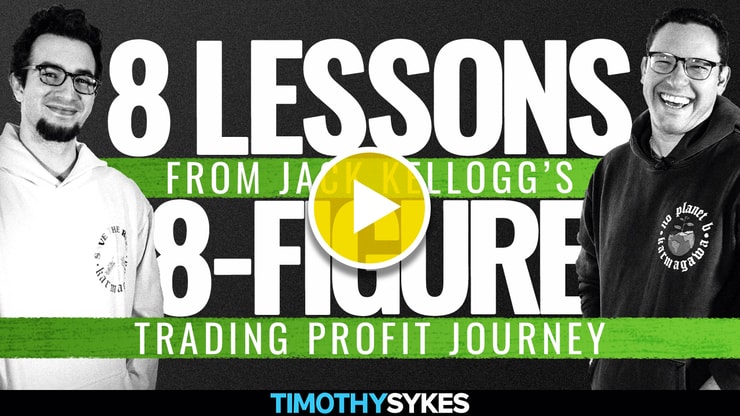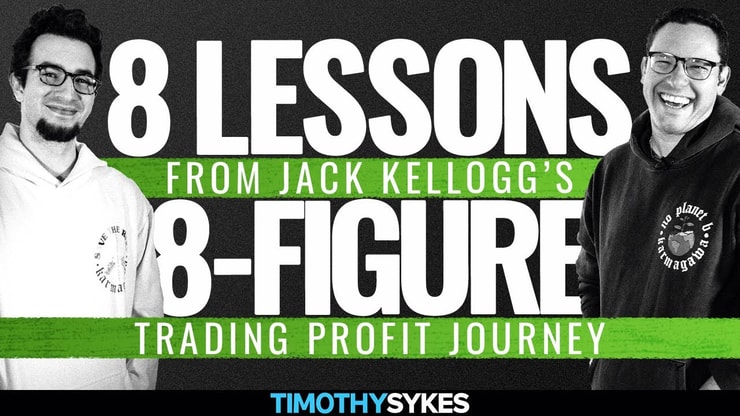Jack Kellogg became one of my top students ever by putting education before results — that’s how he grew his account to over $12 million in profits…
Read this Business Insider article to learn about Jack Kellogg’s 4 favorite indicators here.
If you want to see how Jack has gone from student to mentor before age 24, read this article on his trading journey. And I break it all down for you in the video below for free. Watch it so you can discover:
- What it takes to accomplish your goals like Jack…
- How much Jack lost when he started trading and why…
- Why Jack loves my 7-Step Pennystocking Framework. (And learn it for yourself here.)
- How learning to trade is like a science experiment.
- Why my #1 rule can be the difference between a losing month and a winning month.
- The mindset every trader needs — plus, more lessons from Jack’s journey!
Don’t miss this video…
All my millionaire students came from my Trading Challenge. That’s because students get access to all my top trading education resources. Plus, my millionaire students now give live webinars of their own. It’s a trading community where we all help each other. Apply to join today!
Leave a comment below to congratulate Jack on his trading journey and let me know if you’ll be next!









Leave a reply